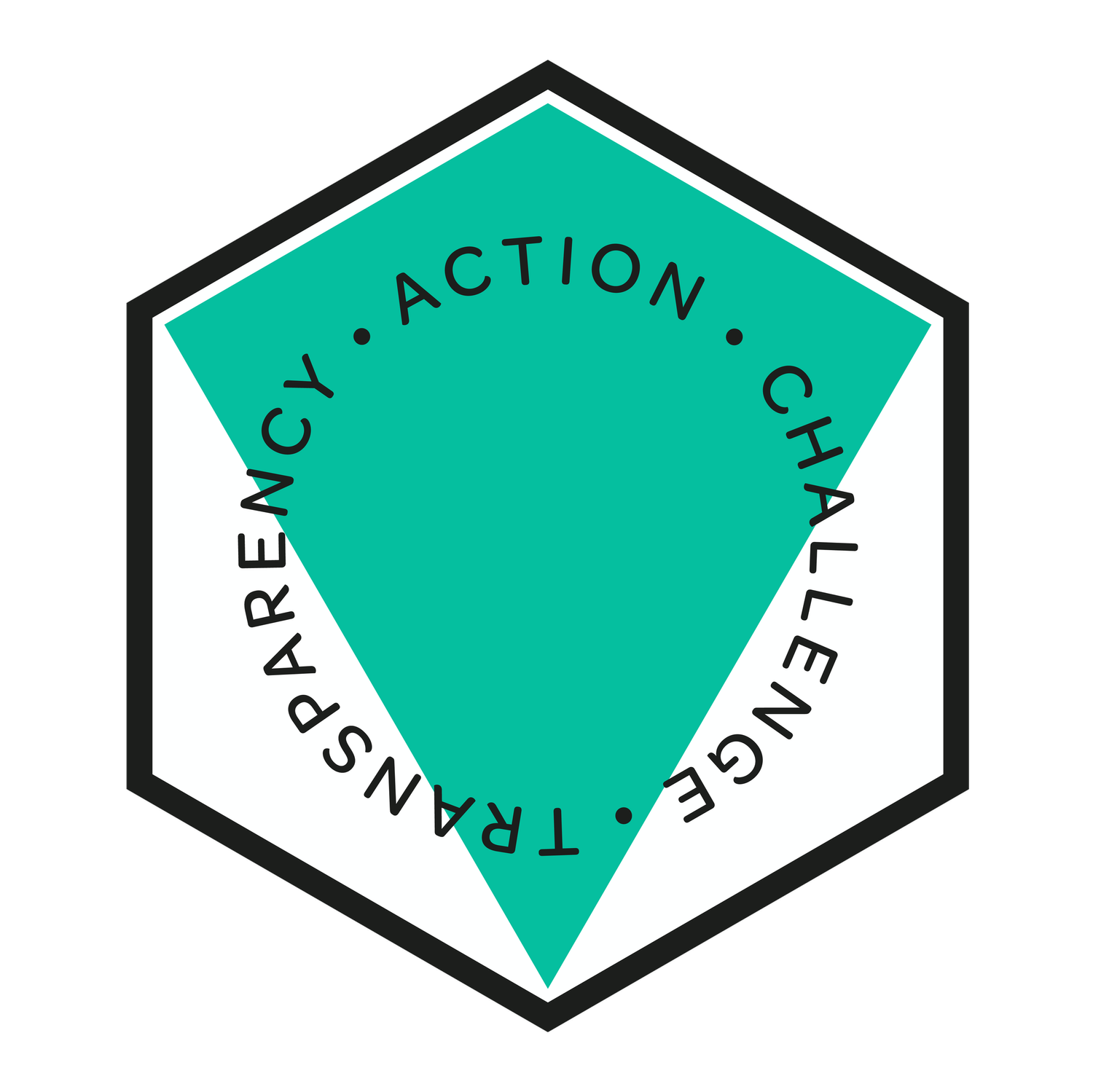
ACT for Companies
The ACT Framework is comprised of three key pillars, each with three components.
Each of the pillars is designed to give an oversight into how a company is integrating a strategic approach to developing its culture to ensure an inclusive, diverse and equitable environment that enables sustainable progression. We use the below components within the framework to enable firms to disclose where they’re currently at and use joined up thinking to take the relevant action needed.
The Pillars
The Components
How is the framework used?
Asset managers use the ACT Framework as, a clear way of looking at the whole business to ensure that there is a joined-up set of thinking, ensuing actions and appropriate oversight and monitoring that will help to create and maintain good culture. Accreditation can be achieved by completing the ACT Framework via the Door platform and the City Hive team’s verification.
Increasingly, stakeholders want more visibility on how a company is taking action to ensure a diverse, inclusive and equitable culture that permeates the company as well as its investment practice. The framework applies to investment companies across asset classes, types and size including smaller firms or those at the beginning of their journey.
Companies should anticipate potential and existing employees, clients and other stakeholders having questions about their approach and how they ensure that policies are equitably applied and doing the intended job.
How do you become a Signatory?
1. Commit
Commit to completing ACT disclosure and collect data from internal teams
2. Disclose
Complete disclosure via Door due diligence platform* and share with City Hive
3. Pledge
Commit to Signatory Pledge to obtain Signatory Status**
4. 360 Accountability
Monitor %age of externally managed assets that are managed by Investment Managers.
5. Publicly communicated status
Share ACT Statement and ACT-Mark on website.
6. Monitor and drive progress
Use ACT to drive internal progress with requirement to update annually.
Become a Signatory
The ACT FRAMEWORK
ACTION
Building a firm-level statement that sets out the commitment to diversity, equity and inclusion (DEI) within its core values along with the vision of the impacts this is expected to have on the business.
The firm’s approach to sustainability and culture, in particular how these are embedded in values and the intended real-world impacts through investment practice.
The externally conducted initiatives that are supported by the firm, including industry collaboration.
The internal forums that are available to employees to influence and shape culture.
The commitments that the firm is publicly signed up to, that will change its business practice and/or industry, including targets and associated data.
Identification of the nominated accountable executive to ensure the firm enacts the vision, including through provision of resources.
The set of internal policies covering all areas of employee activity and well-being,
including recruitment, training, working practice, leave and safe-guarding.
CHALLENGE
The steps taken to ensure that there is a subject matter expertise on DEI and on sustainability and culture that supports the vision set out by the firm.
The way in which progress is measured, including whether the resources allocated are sufficient.
The way external initiatives are selected, supported and assessed for impact.
The collection of appropriate data and how this challenges any targets that have been set.
The creation of measures that will enable progress towards targets. The collection of feedback and engagement with staff on rate and integrity of progress.
Ensuring that policy coverage is extended to all sta!, that best practice is being pursued and that uptake is being measured and monitored.
TRANSPARENCY
Being able to demonstrate the real-world impact articulated in the vision and that this is connected to investment practice as well as internal business practice.
How the firm demonstrates the impact of collaboration with peers and stakeholders in the industry towards change objectives.
Contributions to rebuilding public trust in institutions through demonstrations of good culture.
Disclosure on progress towards targets and engagement with staff.
Ensuring a monitoring process for progress against commitments and that institutional knowledge of issues and good-practice is current.
Demonstrating to stakeholders how the firm is changing and how it values its people, e.g. recognition, development, support, retention efforts.


















